Radio Energy
RF energy beamed from an RF transmitter can be picked up by a receiver at a faraway distance and, if the detected energy is large enough, it can be used to power up the harvester's electronics.
While there are many sources of RF energy such as the common Wi-Fi router and the cellular devices around us, the overall ambient RF energy in a typical environment often does not get large enough to be a reliable source to power for today’s connected devices. When dedicated RF sources are strategically placed in the environment, they can beam RF power to a specific wireless node that is placed at a reasonable distance this makes the available RF energy at that node much higher than what is available ambiently. This 'controlled harvesting' method can then be used as a reliable method of powering remote devices.
Controlled RF energy harvesting is especially useful in powering electronics wirelessly in scenarios where it is hard or impractical to replace batteries in a deployed wireless network. It is also useful when the network is deployed in difficult-to-access areas as in many industrial environments.
RF Harvesting has the advantage that it can be available anytime when needed by simply turning on the RF source. The frequency of the RF signal can be anywhere within the unlicensed frequency bands (several 100s of MHz to several GHz).
The lower the frequency the longer the range of the RF power transmission. However, lower frequencies demand proportionally larger antenna sizes for the harvester, which can be a factor in applications where the size of the harvesting node is constrained.
In many implementations of RF Harvesting developers have implemented proprietary solutions however a standard-based solution called AirFuel RF was announced at the end of 2022 to help create better interoperability with devices and allow for the additional control of the RF transmitter by the device. themselves.
Ready to find out more?
Click here to learn about the AirFuel RF standard
Photovoltaic
Since the development of the first silicon-based solar cell in the 1950s, photovoltaic technology has been dramatically improved. Today’s advanced solar cells have better durability and efficiency and can produce larger output voltages for a given light intensity.
The electric power generated by a solar cell is directly proportional to its size, however, the generated power can vary drastically depending on the intensity of ambient light. The same solar panel can produce up to a 1000 times higher power under direct sunlight vs. in a typical indoor office environment. Solar panels are not exactly color blind either meaning that they will behave differently under different indoor sources such as incandescent, fluorescent and LED lights.
Thermal
A thermoelectric generator (TEG) is a solid-state device that generates electricity by exploiting temperature gradient in the environment. The amount of generated power depends on the temperature difference, as well as the amount of heat flux that can be successfully moved through the TEG device.
The better the TEG construction is at moving heat from the hot side to the cold side and dissipating that heat once it arrives to the cold, the more power will be generated. Due to the need to maintain a temperature gradient, thermoelectric energy harvesting solutions can require larger form factors compared to other forms of harvesters in order to generate useful amount of energy.
Motion
There are two types of motion-based energy harvesters:
- The more traditional ones using a coil and magnet, and
- The ones based on piezoelectric effect.
Coil and magnet-based harvesters can generate electric energy through the physical movement when a switch is flipped or when a door knob is turned. These types of motion-based harvesters are usually bulkier due to the size of their required components: a coil, a magnet and frequently a spring.
Piezoelectric energy harvesters generate electrical energy from mechanical strains, either in the form of continuous mechanical motion/vibration, or from intermittent strains such as clicking of a button. Because their small crystalline structure, piezoelectric harvesters are relatively small and light compared to other energy harvesting devices. However, their generated power can vary significantly depending on how regular and frequent the motion is.
Found a Vulnerability?
Whenever you find a vulnerability with our products, let us know so we can fix the issue. Together we want to protect you and the IoT industry from malicious intent.




